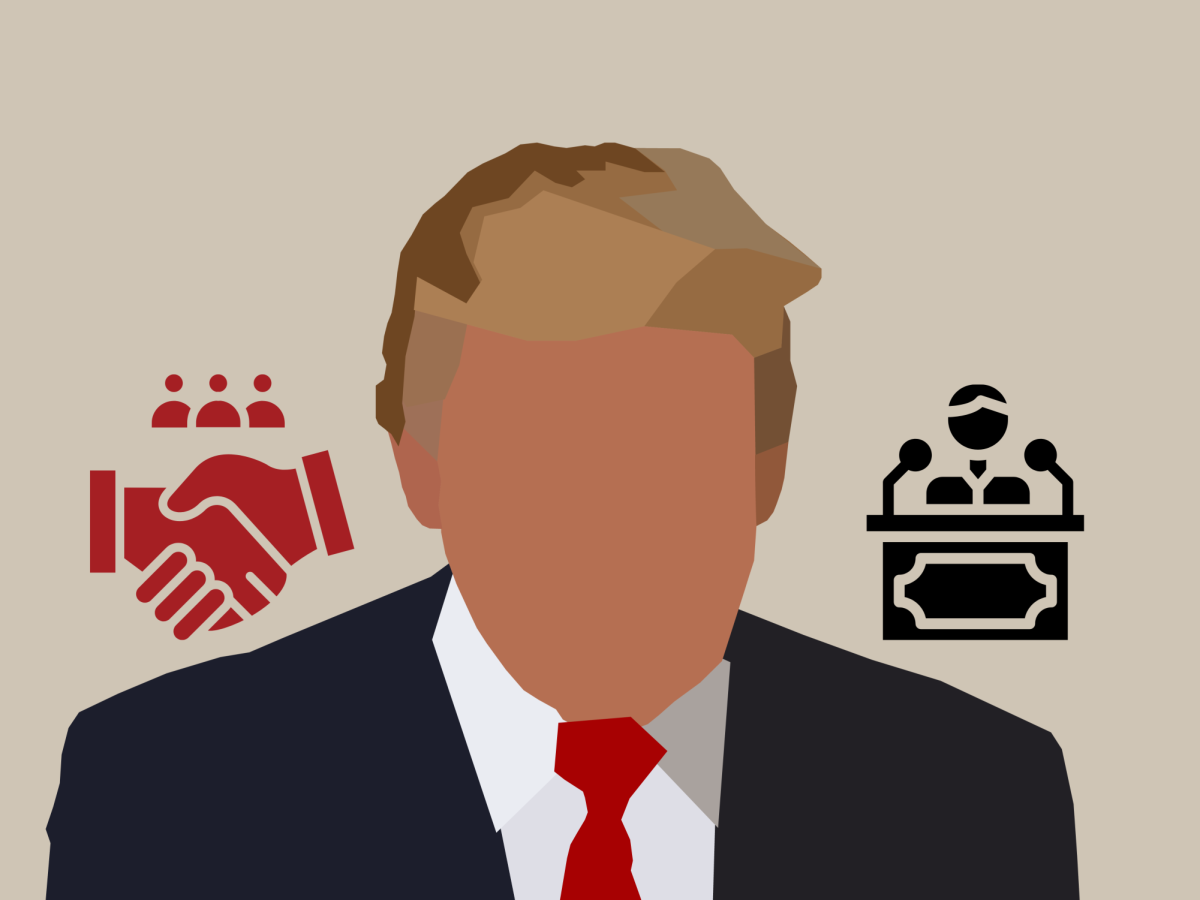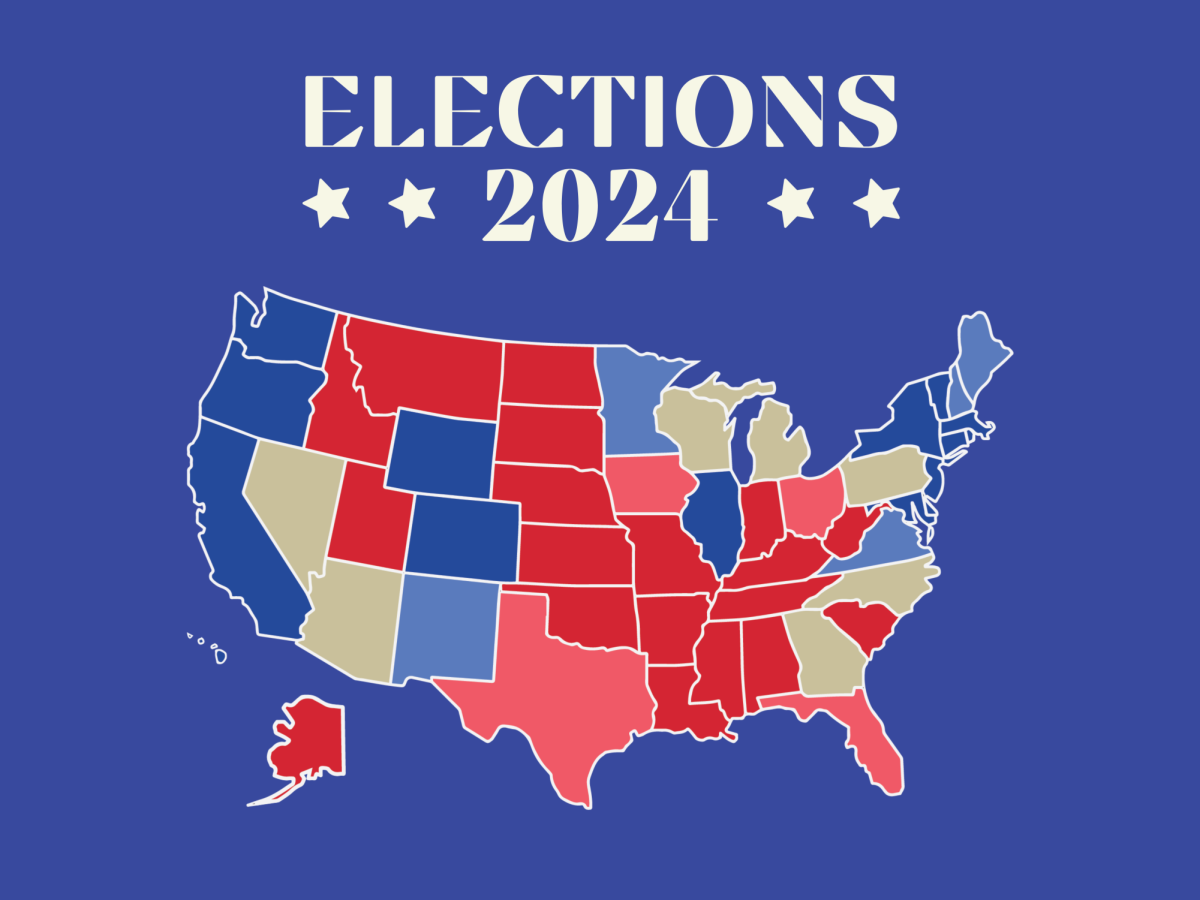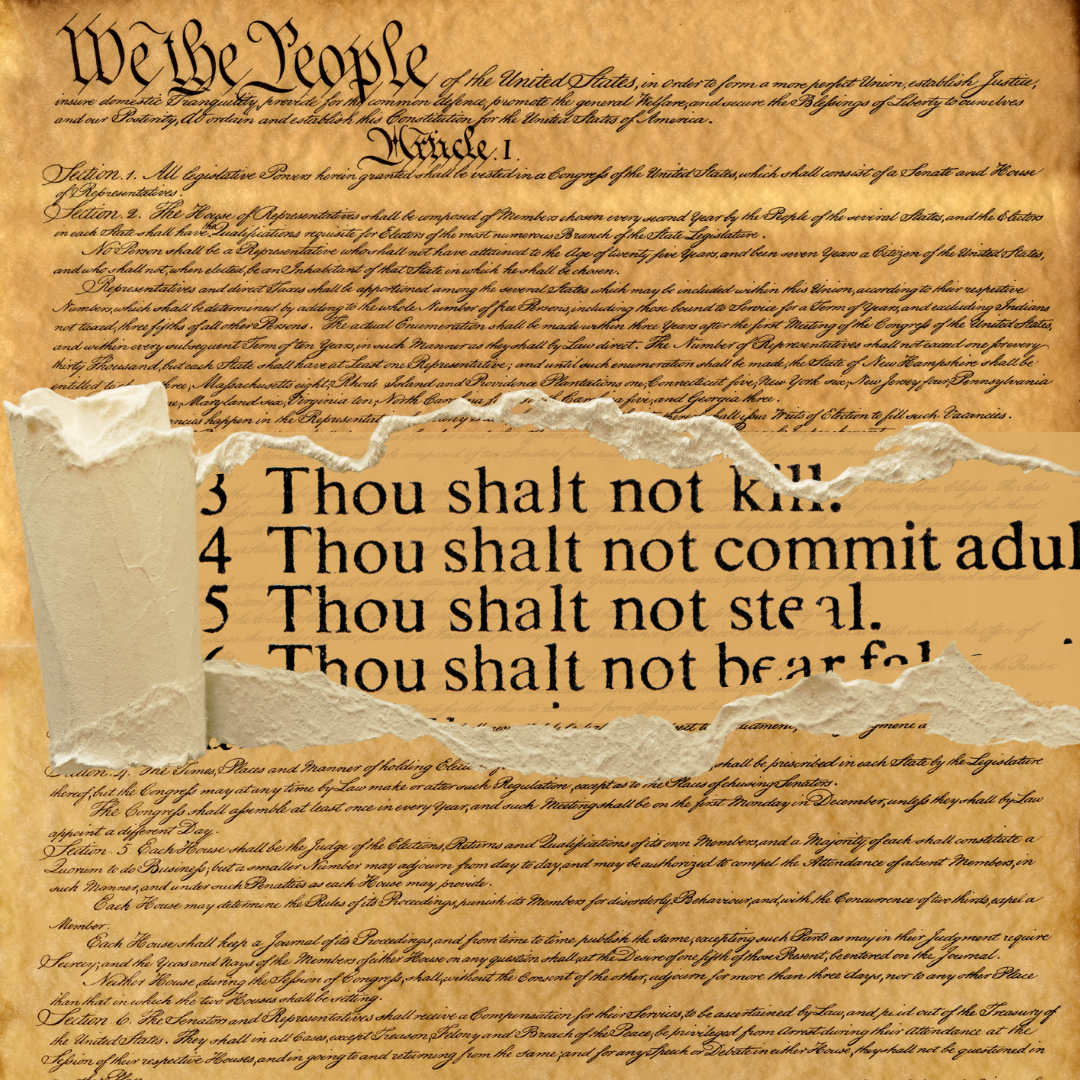On Nov. 12, Donald Trump announced Elon Musk, billionaire CEO of SpaceX and Tesla and owner of X (formerly Twitter), will head the new Department of Government Efficiency (DOGE) alongside former Republican presidential candidate Vivek Ramaswamy. The president-elect took to social media to explain that the purpose of the DOGE is to allow his administration to “dismantle government bureaucracy, slash excess regulations, cut wasteful expenditures, and restructure federal agencies.” DOGE will not function as an official government agency, leaving many unanswered questions surrounding its power and role in political affairs.
The informality of DOGE will allow Musk to retain his roles at SpaceX, Tesla and X while influencing governmental regulation policy. Running several multi-billion dollar companies while being responsible for loosening regulatory practices creates a significant conflict of interest — one Musk largely stands to benefit from. Currently, both Tesla and SpaceX are being investigated by federal agencies for various safety and legal violations. As the head of DOGE, Musk could try to lessen government regulations, thus permitting him to conduct his own businesses with limited restrictions.
Donald Trump’s decision to appoint someone without political experience to hold this position reflects a key element of the Heritage Foundation’s Project 2025: the hiring of MAGA loyalists (in lieu of experienced officials) to fill federal and bureaucratic positions. Musk himself donated over $75 million to Trump’s reelection campaign and publicly endorsed him at a number of rallies, prompting the president-elect to reward him with political power.
Although Donald Trump maintains he has “no idea who is behind” Project 2025, he has demonstrated that he shares the authors’ belief in filling government positions on the basis of loyalty rather than experience. Trump’s appointment of Elon Musk is not shocking. Rather, it affirms what many liberal Americans believed before his victory: Donald Trump will use, at the very least, pieces of Project 2025 as a guide for his second presidential term.


















































